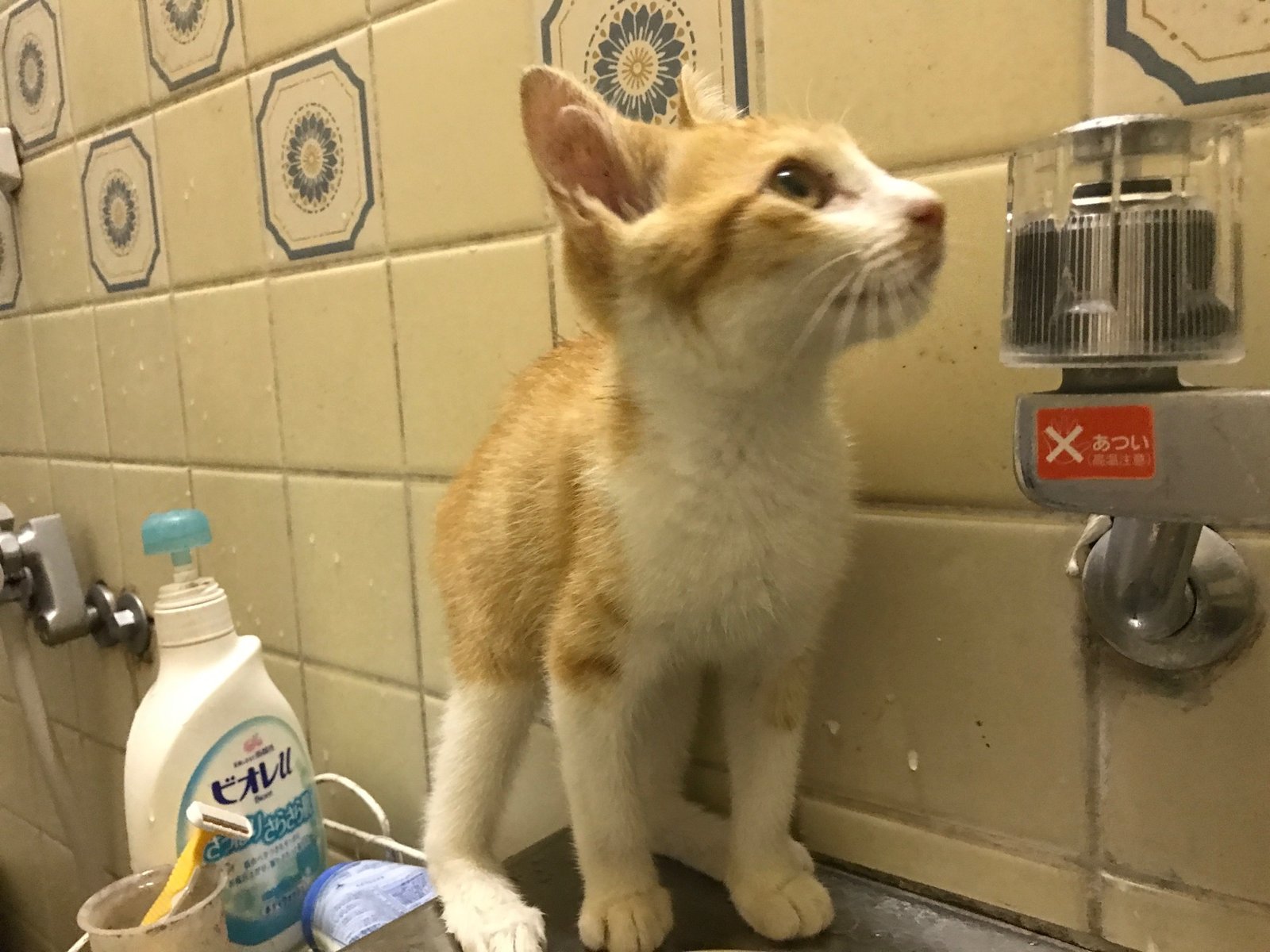The scorching temperatures gripping much of America are putting more than just humans at risk. From family pets to backyard chickens to massive farm animals, creatures of every size need extra protection when the mercury climbs. With a national heat advisory out for Florida by The NWS (National Weather Service), Floridians are sweating through the hottest stretch of the summer so far. This isn’t your grandmother’s heat wave, and the stakes couldn’t be higher for our animal companions.
With record temperatures hitting the U.S., pet owners have to protect their four-legged family members from dangers like heat stroke and dehydration. But keeping an animal the size of a small car cool isn’t as easy as bringing it inside to the air conditioning. The challenge becomes exponentially greater when you’re dealing with animals that can weigh well over a thousand pounds.
When Heat Becomes a Life-or-Death Battle
Heat waves can pose the same kinds of risks to animals as they do to humans, says Michael San Filippo, a spokesperson for the American Veterinary Medical Association (AVMA). “If it’s hot outside for you, it’s most likely even hotter for your pet,” he tells NPR over email. The reality is sobering – animals can’t simply shed their fur coats or grab a cold drink when they feel overheated.
“High humidity amplifies the negative impact of high temperature on your pet—and in combination, these factors magnify the danger zone,” says Dr. Barbara Hodges, DVM, MBA, of the Humane Society Veterinary Medical Alliance. “When animals pant, moisture from their lungs evaporates and helps reduce their body heat. But high humidity conditions hamper that process and their ability to cool themselves, and their body temperature can skyrocket—rapidly—to dangerous, or even lethal, levels.” This makes the current heat wave particularly treacherous, as high humidity will intensify the heat, especially in the Central Plains, Midwest, and Mississippi and Ohio valleys, where heat index values could reach between 105°F to 110°F. Unusually warm overnight lows in the mid-70s to low 80s — as much as 5°F to 15°F above average for this time of the year — are forecast to potentially break record high minimums in states like Alabama, Arkansas, Florida, Georgia, Kentucky, Louisiana, Missouri, South Carolina, and Tennessee.
Large Animals Face Enormous Challenges
Alicia Grace, owner of Pink Flamingo Stables, has to take extra steps to keep her horses safe and healthy in South Florida’s hot and humid climate. Grace cares for eight full-size horses and three ponies on her Lake Worth Beach property. Her approach reveals just how intensive proper heat management becomes with larger animals.
Grace said it’s important to keep the horses hydrated and out of the sun during the hottest parts of the day. All paddocks have shaded areas, and barns are equipped with large fans. “They always have constant access to water,” Grace said. “We bathe them daily, and we have cooling blankets that you can actually put on after a ride.” While smaller pets can retreat indoors, horses require different solutions – “They actually do now make air conditioning units for horses, but they are quite expensive,” Grace said.
Heat stressed horses can be cooled down by hosing with cool water, starting from the feet and moving up slowly, sponging with water or by placing wet towels over them. Excess water must be scraped off afterwards unless there is a good breeze, as water in the coat on a hot, humid, still day will act as an insulator and it will quickly warm up again. The process requires expertise and constant vigilance.
Small Pets Need Big Protection

Generally, pets with longer or darker fur and those with flat or pushed-in faces, like pugs or Persian cats, may have extra trouble managing heat. Pets that are older, obese or have certain medical conditions could also face a higher risk of heat stroke. These vulnerable animals need immediate intervention when temperatures soar.
Dog owners especially need to check pavement, Weinberger said. Concrete and asphalt can reach temperatures of up to 125 degrees (52 degrees) during the summer months, so finding grass or dirt for pets to walk on is ideal. If that’s not practical, pet owners might need to invest in booties or paw wax. “If it’s too hot for you to touch with a bare foot or a bare hand, it’s too hot for your pets, as well,” Weinberger said.
“If you see signs of heat stress in your pets, the best thing to do is get them into a cool, shady area and give them water to drink,” San Filippo says. You could also run cool hose water over them, apply ice packs or cold towels to their head, neck and chest and let them lick ice cubes. But be careful — San Filippo says cooling a hyperthermic animal too quickly can cause their blood vessels to constrict, which will actually make it harder for them to get cool. The balance between quick action and proper technique can mean the difference between recovery and tragedy.
Recognizing the Warning Signs

Symptoms include anxiousness or restlessness, excessive drooling and panting (even when lying down), vomiting or diarrhea, abnormal gum and tongue color (like deep red or purple), unsteadiness or collapsing. Cats might also experience open-mouthed breathing. These signs require immediate attention, as animals can deteriorate rapidly in extreme heat.
Taking a dog’s temperature will quickly tell you if there is a serious problem. Dogs’ temperatures should not reach over 104 degrees. If your dog’s temperature does, follow the instructions below for treating heat stroke. For cats and other small animals, experts recommend taking your pet’s temperature rectally. Anything above 105 degrees means you need to cool the animal down (and stop when they reach 103 degrees), according to the Red Cross.
The current heat wave isn’t just another hot summer – it represents a dangerous escalation that demands immediate, comprehensive action from every animal owner. Whether you’re caring for a tiny hamster or a massive horse, the principles remain the same: shade, water, cooling methods, and constant vigilance. The animals in our care depend entirely on our knowledge and preparation to survive these extreme conditions. What’s your plan when the temperature soars beyond safe limits?

Andrew Alpin from India is the Brand Manager of Doggo digest. Andrew is an experienced content specialist and social media manager with a passion for writing. His forte includes health and wellness, Travel, Animals, and Nature. A nature nomad, Andrew is obsessed with mountains and loves high-altitude trekking. He has been on several Himalayan treks in India including the Everest Base Camp in Nepal.





